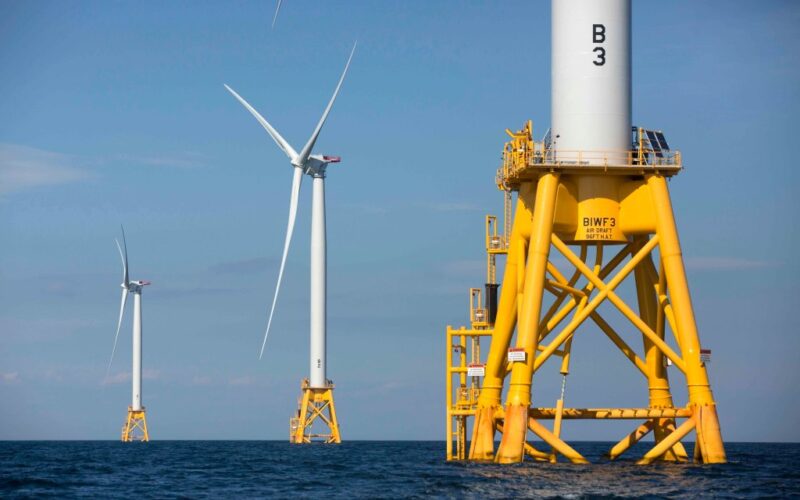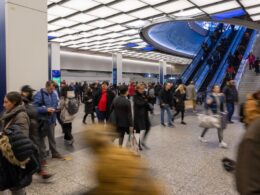As New York’s transition to a clean energy economy continues, it can become easy to feel that the process should be one of the “all or nothing” variety. However, while meeting the goals laid out by the Climate Leadership and Protection Act (CLCPA) remains the end goal, we must accept our realities and recognize that this transition will be gradual.
New York’s energy infrastructure is not equipped to sustain a complete switch to renewable energy. This would only override the grid, lower efficiencies, and skyrocket energy costs for everyday New Yorkers and local businesses. This will only hurt community growth, discourage corporate investment in the state, and hinder the prospects for future clean energy projects that have the potential to create thousands of union careers.
A pragmatic approach to energy that includes gas and nuclear, in addition to wind and solar development, is what is necessary to make a future green economy possible. Currently, this “all-of-the-above” method is in the best interests of supporting and growing the workforce, expanding economic development, and increasing affordability over the long term.
Demand for electricity in the state is outpacing supply and renewables are not scaling at a pace that is sufficient to fill these gaps. This has only strained a grid that already requires fortification, leading to services disruptions and reliability issues. We also need to make sure that the grid has enough firm power to avoid an overreliance on intermittent sources which cannot guarantee non-stop generation.
This is why projects like the Northeast Supply Enhancement (NESE) and Constitution Pipeline are critical at this moment, as they’ll provide more immediate relief to the state’s growing energy demands that will enable further investment in clean energy, all while generating their own economic stimulus and paths to the middle class.
NESE would open more natural gas flow to Long Island and New York City, saving customers as much as $6 billion in costs, with $2.75 billion in savings flowing directly to Downstate residents. The project will also generate more than 3,000 union careers that will provide hardworking New Yorkers opportunities to support their families and $23.7 million in additional gross domestic product for the state that will benefit our communities.
Similarly, the Constitution Pipeline will add enough natural gas to meet the daily needs of about 3 million homes, easing a significant burden for the current network. The project will also open up more than 1,500 union construction careers, $26 million of direct labor income to local blue-collar workers and $13 million in property tax revenue that will benefit the economy.
And moving forward with additional natural gas options is not necessarily a hindrance to clean energy and improving carbon footprints. These projects will also support emissions reductions and air quality improvements by facilitating fuel-switching, conducive to the state’s environmental goals.
The development of energy infrastructure needs to be a dynamic process, cognizant of the state’s demands and the scalability of projects and power sources. Investing in an expansion of a pipeline network does not need to be a condemnation of our pursuit of other options.
NYPA’s push to build both renewable generation and nuclear, the Equinor offshore wind project, as well as more offshore development, and NYSERDA’s large-scale energy storage and renewables procurements are all ventures that must move forward and need support.
It is not a “this or that” situation, as a healthy ecosystem of diverse energy investment that addresses direct needs is necessary to continue to ensure New Yorkers not only have access to the energy they need but also meet the demands of economic development and corporate investment in the state. Dependable energy access drives investment, supports gas-reliant industries, and helps keep New York competitive.
This is what will open the door for more investment in clean energy over time and allow a transition that is scalable, practical, and in the best interest of all New Yorkers. The creation of a green economy that improves our environment, creates viable union careers, bolsters the middle class, generates economic stimulus, and lowers overall energy costs is a priority. The improvement of the natural gas network reliability is another step in this process.
If we’re going to meet our goals, New York needs a broad energy plan that sustainably incorporates traditional sources and renewables in an efficient and realistic manner.
LaBarbera is the president of the NYS Building Trades and the Building and Construction Trades Council of Greater New York.








